Who are some of the key people behind the Sri Lankan uprising that led to the president’s resignation?
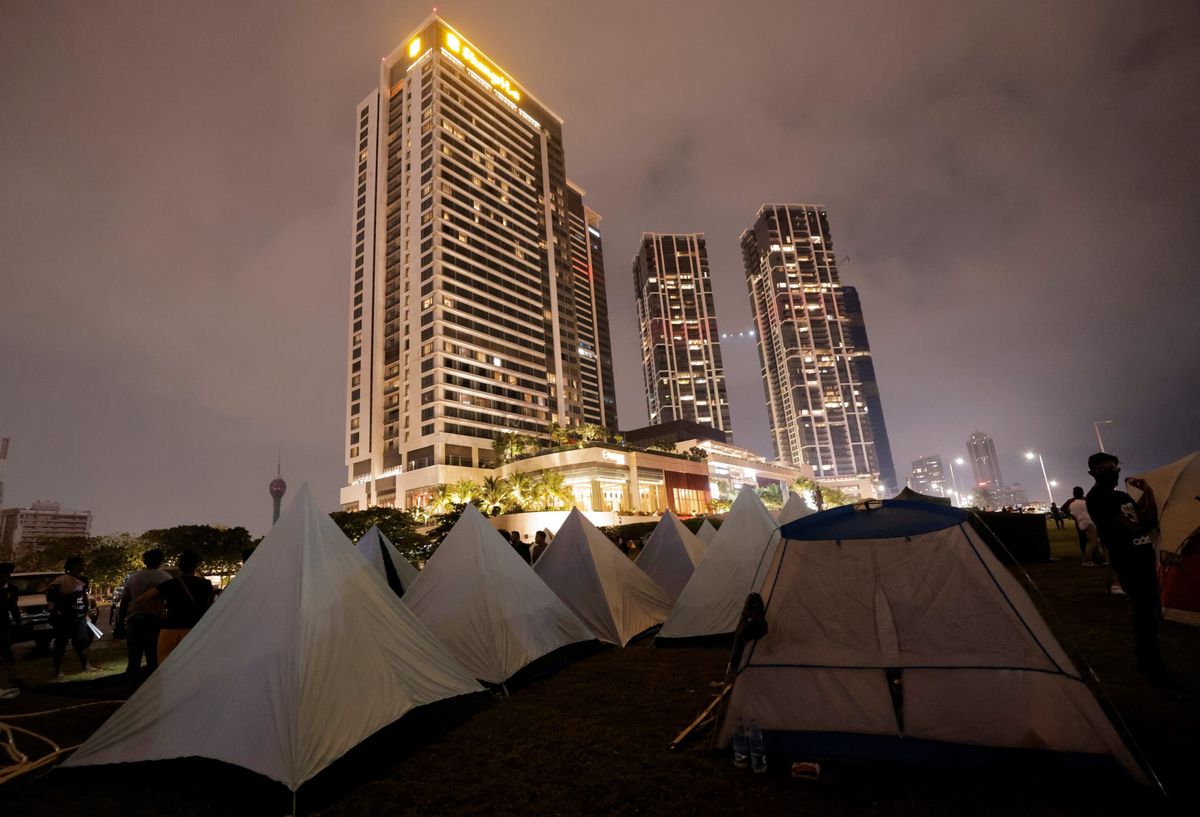
A few minutes every morning is all you need.
Stay up to date on the world's Headlines and Human Stories. It's fun, it's factual, it's fluff-free.
A lot of attention has been paid to how Sri Lanka’s president caved to public pressure and stepped down from his position after the economy plunged into crisis and bankruptcy. But, not as much focus has been directed toward the people who helped organize the protests, ultimately leading to President Gotabaya Rajapaksa and his prime minister resigning.
The movement began in March, which led to the then prime minister and Rajapaksa’s elder brother Mahinda quitting on May 9. Younger brother Basil, the former finance minister, also left on June 9. Then a few dozen activists wanted to revive the protests and unseat the president on July 9, meeting weekly for hours to plot the protests. Between coordinating online and on social media; meeting with unions, political parties and student organizations; and drumming up support door-to-door, according to a police official who spoke anonymously to Reuters, at least 200,000 people rolled up to the president’s house and to protests to try to get him to leave office. Within hours, the president and prime minister had separately announced their resignations.
Meanwhile, Basil was reportedly trying to leave the country on Tuesday morning but was blocked by airport officials. But, sources now say he has fled the country and is headed toward the US. President Rajapaksa has also reportedly left for overseas in a military jet.
Key comments:
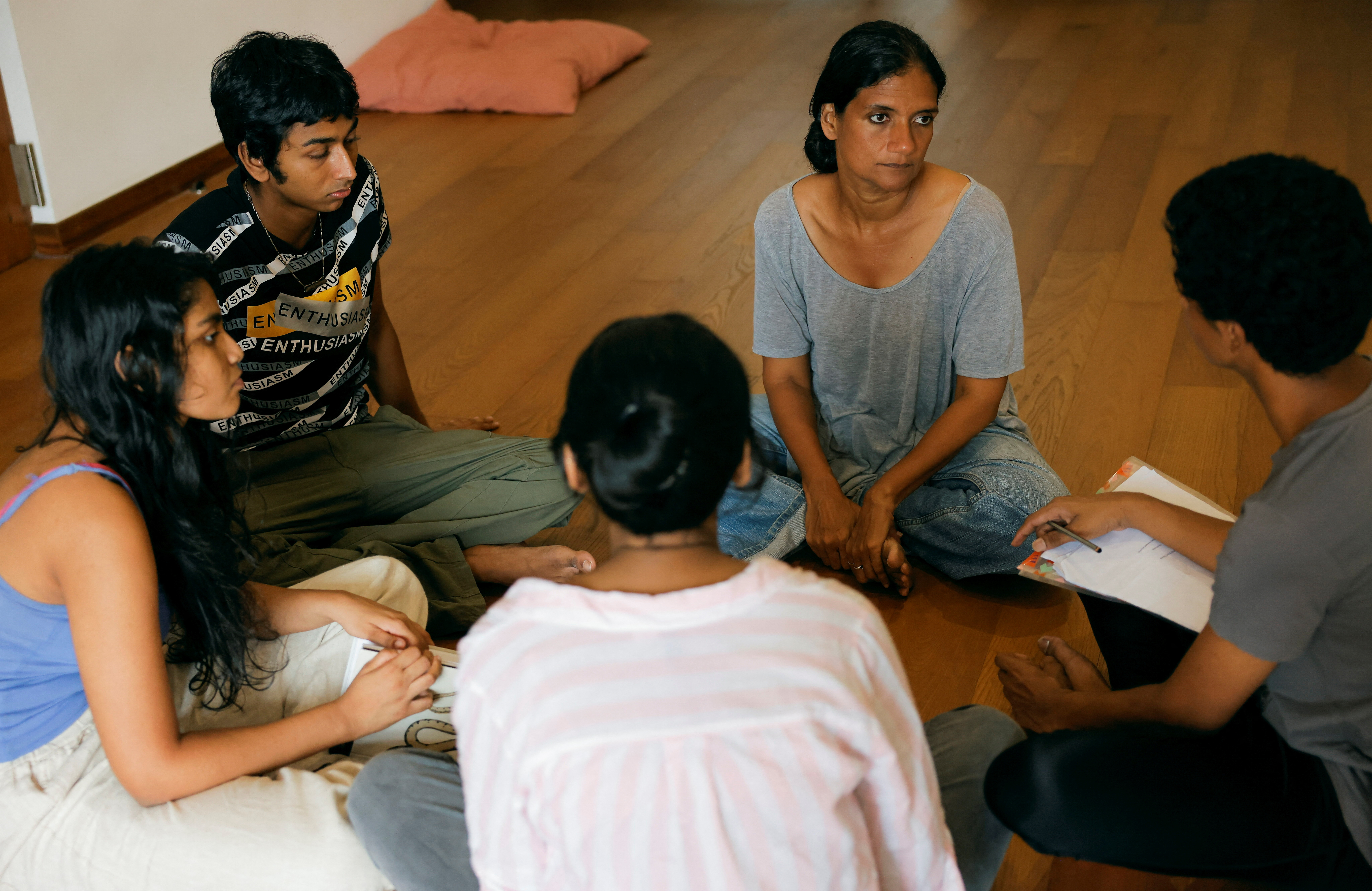
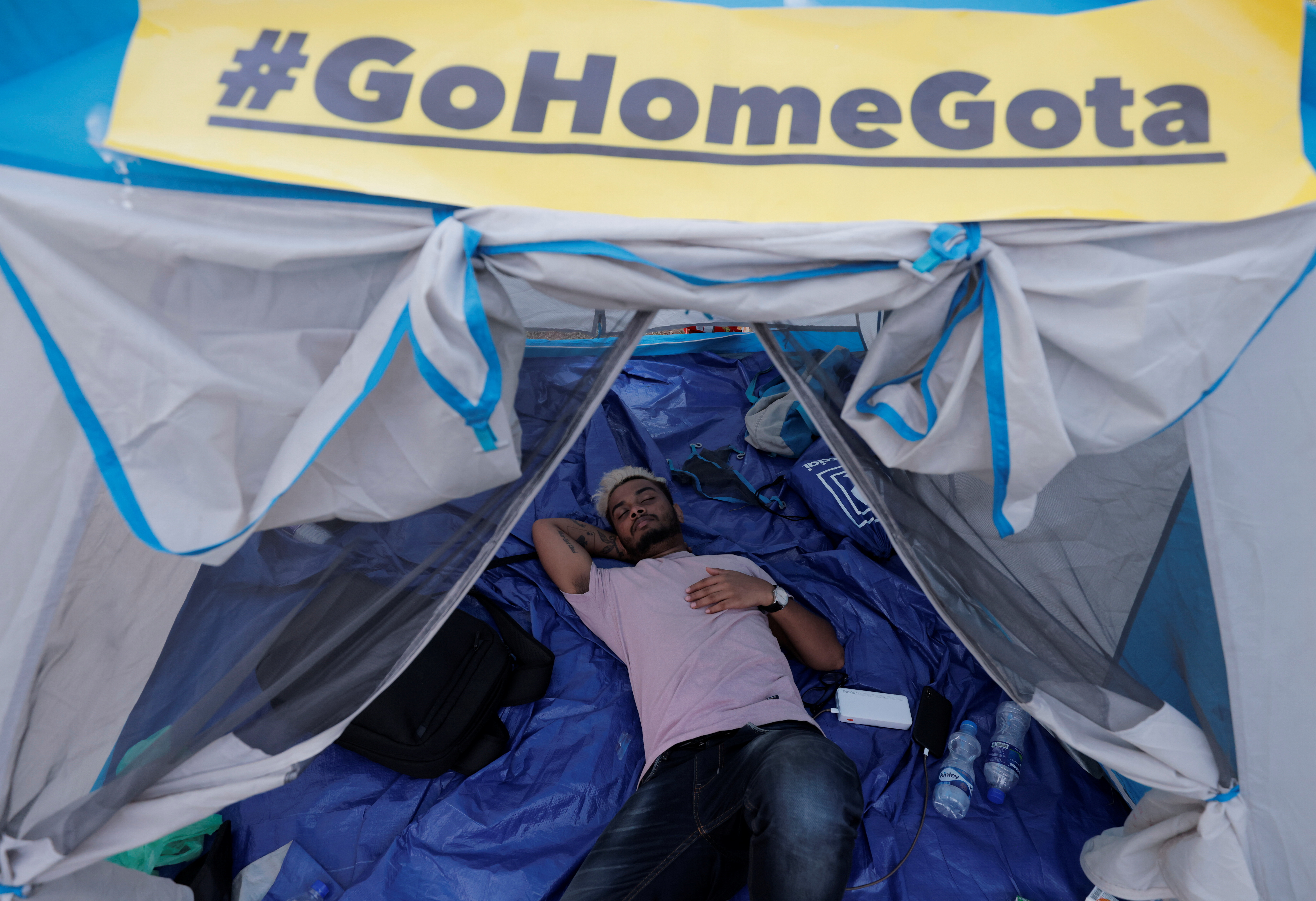
“I’m still trying to process it. It was 50 percent premeditation and coordination, another 30 percent willingness of the people and 20 percent luck," said Chameera Dedduwage, a digital strategist at an ad company who was part of the core group that helped organize the protests.
Speaking on the protests, Ruwanthie de Chickera, a playwright involved in the protests, said, “I think it is the most unprecedented gathering in this country. Full stop."
“We honestly expected only 10,000 with all these [feul and travel] restrictions, all this intimidation. We thought 5,000 to 10,000," said Jeevanth Peiris, a Catholic priest who was also a part of the core activist group. “There were so many eldely, teenagers, youth, women. People didn’t want to give up, didn’t want to withdraw."

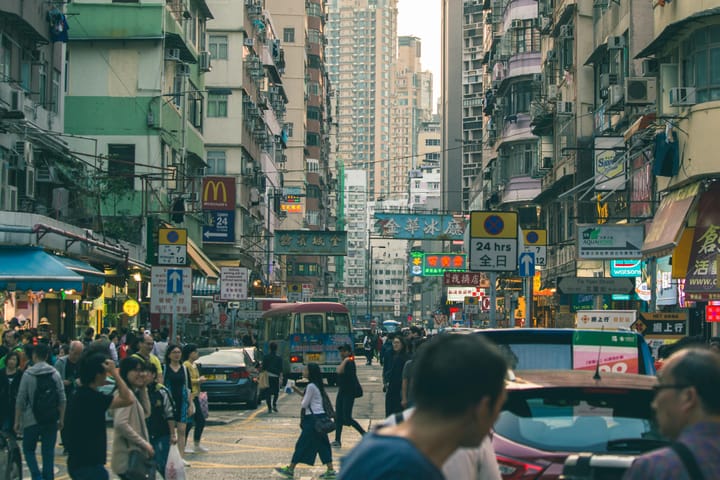
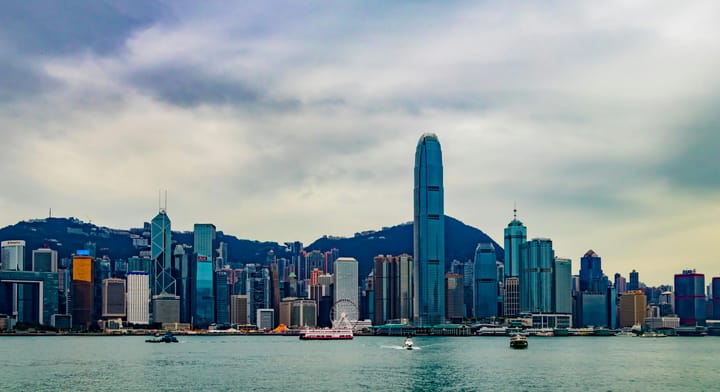
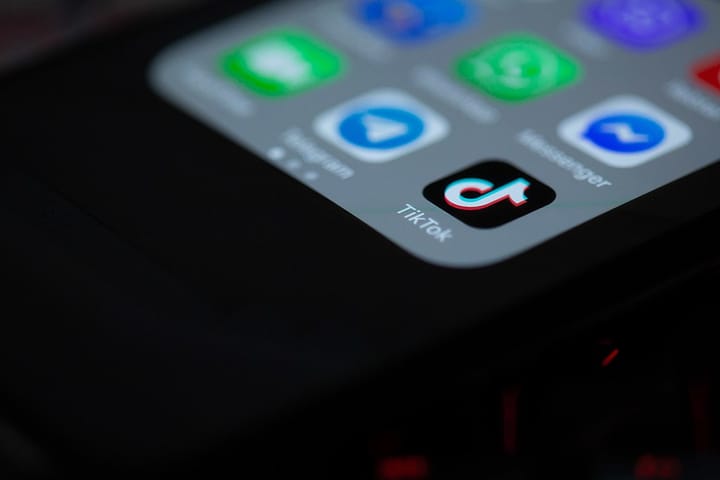
Comments ()